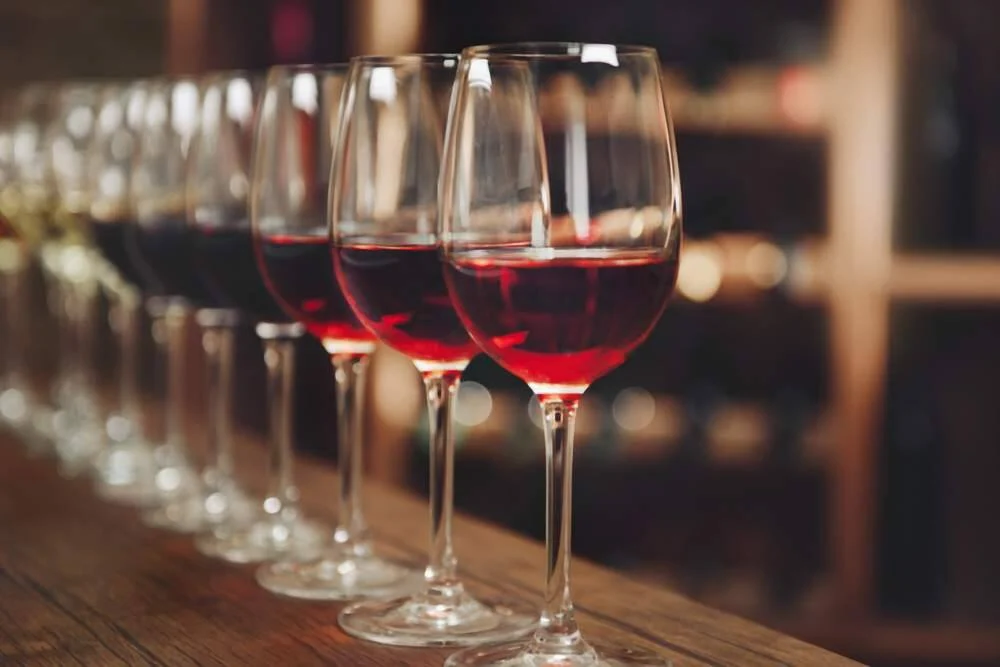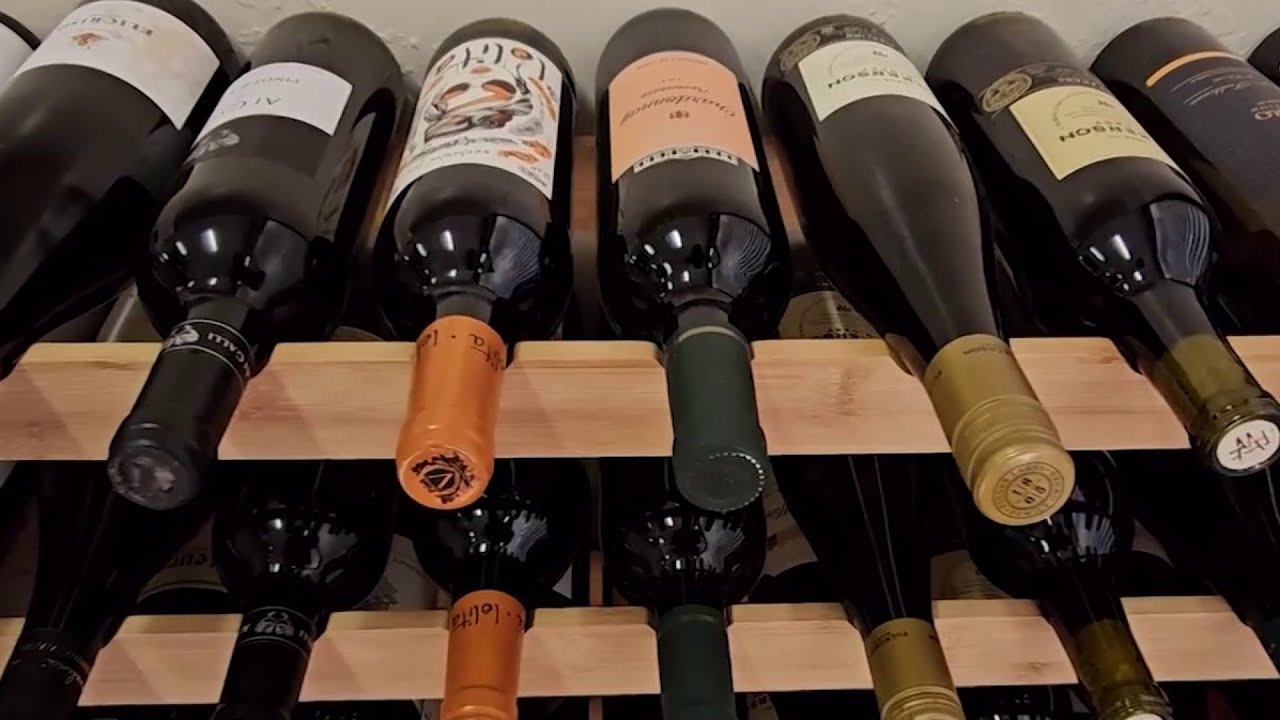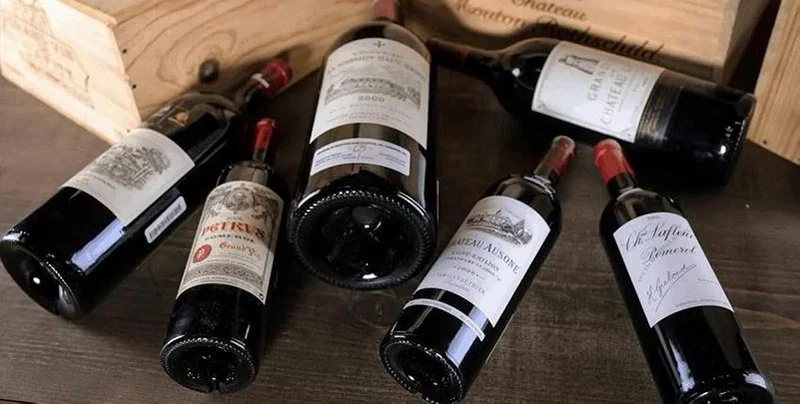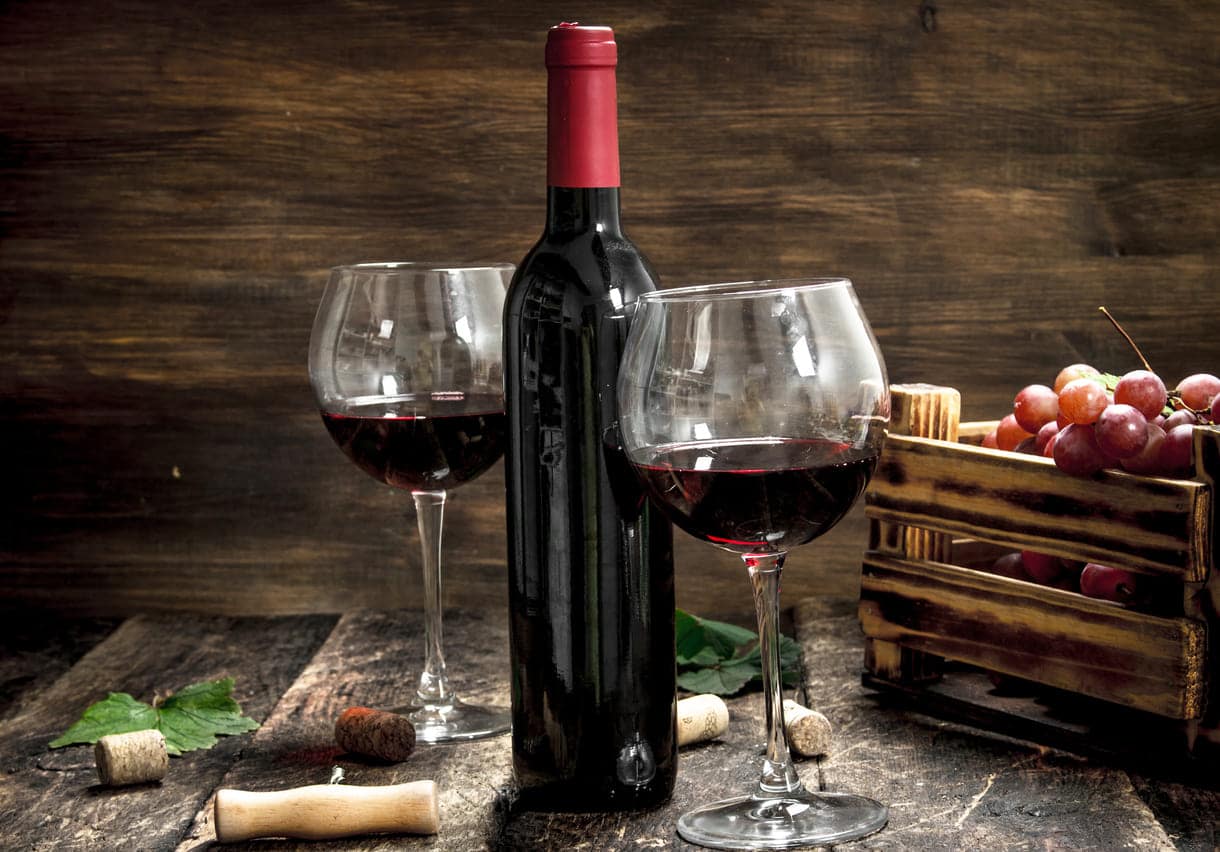Wine enthusiasts often encounter two fundamental categories when exploring their favorite bottles: blended wines and single-varietal wines. This distinction represents one of the most significant decisions winemakers face, influencing everything from flavor complexity to market positioning. Understanding these differences can transform your wine appreciation and help you make more informed purchasing decisions.
A single-varietal wine is crafted primarily from one grape variety, typically containing at least 75% of that specific grape in the United States, while Oregon demands an even higher 90% threshold. These wines showcase the pure, unmasked expression of a particular grape variety, allowing drinkers to experience the distinctive characteristics that make each varietal unique. In contrast, blended wines combine two or more grape varieties to create complex flavor profiles that no single grape could achieve alone.
The choice between blending and single-varietal production reflects the winemaker’s vision, regional traditions, and desired market appeal. Some of the world’s most prestigious wines, including exceptional Bordeaux, fine Champagne, and vintage Port, are masterful blends that demonstrate the artistry possible when different grape varieties harmonize. Meanwhile, renowned single-varietal wines like Burgundy and German Riesling prove that focusing on one grape can create equally compelling and memorable experiences.
This fundamental distinction impacts not only taste but also pricing, aging potential, and food pairing possibilities. Whether you’re a beginner seeking to understand wine basics or an experienced enthusiast looking to deepen your knowledge, mastering the differences between blends and single-varietal wines will enhance every wine tasting experience.
What Are Single-Varietal Wines?

Single-varietal wines represent the purest expression of a specific grape variety’s character and potential. These wines are made predominantly from one type of grape, though small percentages of other varieties may be included to meet legal requirements or enhance specific characteristics. The goal is to showcase the distinctive flavor, aroma, and characteristics that stem from that singular grape variety.
Monovarietal wine takes this concept even further, representing wines made 100% from a single grape variety without any blending. This approach allows wine lovers to experience the unfiltered personality of grapes like Chardonnay, Pinot Noir, or Cabernet Sauvignon in their most authentic form.
The appeal of single-varietal wines lies in their pure flavor profile and ease of identification. For beginners, these wines offer an excellent entry point into wine appreciation because they don’t require understanding the complexities of multiple grape interactions. When you taste a single-varietal Pinot Noir, you’re experiencing the elegant red fruit aromas and delicate structure that define this grape variety.
Terroir expression becomes particularly important in single-varietal wines, as the focus on one grape variety allows the influence of climate, soil, and growing conditions to shine through more clearly. This creates an intimate portrait of both the grape and its origin, making single-varietal wines excellent for understanding how different regions impact wine character.
The Art of Wine Blending
Wine blending represents one of winemaking’s most sophisticated arts, comparable to a Michelin-star chef creating the perfect dish or an elite conductor crafting an exquisite symphony. Masterful blending lies at the heart of many of the world’s greatest wines, from Bordeaux and Champagne to Rioja and Super Tuscans.
Winemakers engage in blending to create the best possible wine with their available ingredients. This process involves combining different grape varieties, vineyard parcels, or even wines from different barrels to achieve specific goals. The art lies in understanding how different components will interact and complement each other to create something greater than the sum of its parts.
Blended wines offer a variety of flavors and aromas by combining different varietals, creating wines that are complex and multifaceted. For example, in a classic Bordeaux blend, Cabernet Sauvignon might provide structure and aging potential, while Merlot contributes smoothness and fruitiness, and Cabernet Franc adds aromatic complexity.
The flexibility of blending allows winemakers to showcase vineyard diversity and terroir influence while achieving consistency across vintages. This approach can dial back intensities, add layers of flavor, and bring out distinctive characteristics of each grape variety used in the blend.
Key Differences in Flavor Profiles

The most noticeable difference between single-varietal and blended wines lies in their flavor complexity and aromatic characteristics. Single-varietal wines tend to bring out the distinctive characteristics of the predominant grape, allowing consumers to easily identify the aromatic profile and flavor associated with a specific grape variety.
These wines typically offer more focused, intense expressions of varietal character. A single-varietal Riesling will clearly showcase the grape’s vibrant acidity and mineral flavors, while a pure Pinot Noir will emphasize elegant red fruit aromas and delicate tannins. This clarity makes single-varietals excellent for educational tastings and developing palate recognition skills.
Blended wines, conversely, generally offer a wider range of aromas and flavors resulting from combining characteristics of different grape varieties. They often result in more complex and balanced wines that can surprise and delight with unexpected flavor combinations. A well-crafted blend might combine the power of Cabernet Sauvignon with the elegance of Merlot and the spice of Cabernet Franc, creating a wine with multiple flavor layers.
The complexity achieved through blending can create wines that evolve more dramatically in the glass and offer different flavor experiences throughout the tasting process. This makes blended wines particularly appealing for special occasions and extended wine experiences.
Winemaking Considerations and Techniques
The decision to create single-varietal or blended wines involves numerous winemaking considerations beyond simple grape selection. For single-varietal wines, winemaking techniques become crucial in maximizing the expression of that specific variety’s potential. Winemakers must master fermentation, aging, and other processes precisely to ensure the final product fully showcases the grape’s character.
Blending offers several practical advantages that influence winemaking decisions. It helps maintain consistency from one year to the next, as weather conditions often vary between growing seasons. By blending grapes from different vineyards or regions, winemakers can mitigate the impact of vintage variations and ensure a consistent flavor profile.
Blending can also mitigate imperfections in individual wine batches. If a wine lacks complexity or depth, blending it with another wine with complementary qualities can improve the final product. This flexibility allows winemakers to create superior wines even when individual components might be less than perfect.
Terroir blending represents an interesting middle ground, where winemakers use a single grape variety from different soils, altitudes, and climates to achieve greater balance and complexity. This technique allows the wine to benefit from different flavor and aroma notes that harmonize better when combined.
Market Positioning and Consumer Preferences

The choice between single-varietal and blended wines often reflects market considerations and consumer preferences. Blending allows producers to meet market demand by tailoring wines to specific consumer preferences or capitalizing on market trends. A blend might be created to appeal to a particular demographic or deliver a style popular in specific markets.
Single-varietal wines benefit from consumer familiarity with grape variety names. Many wine drinkers have developed preferences for specific varieties like Chardonnay or Cabernet Sauvignon, making varietal labeling a powerful marketing tool. This approach allows consumers to predict wine characteristics based on their previous experiences with that grape variety.
The pricing of these wine styles varies significantly based on production costs, market positioning, and perceived value. Some of the world’s most expensive wines are blends, including exceptional Bordeaux and vintage Champagne. However, prestigious single-varietal wines like top Burgundies can command equally high prices.
Regional traditions also heavily influence the prevalence of blended versus single-varietal wines. Bordeaux and Tuscany are famous for their blends, while Burgundy and Alsace are renowned for single-varietal expressions. Understanding these regional preferences can guide wine selection and enhance appreciation for different winemaking philosophies.


